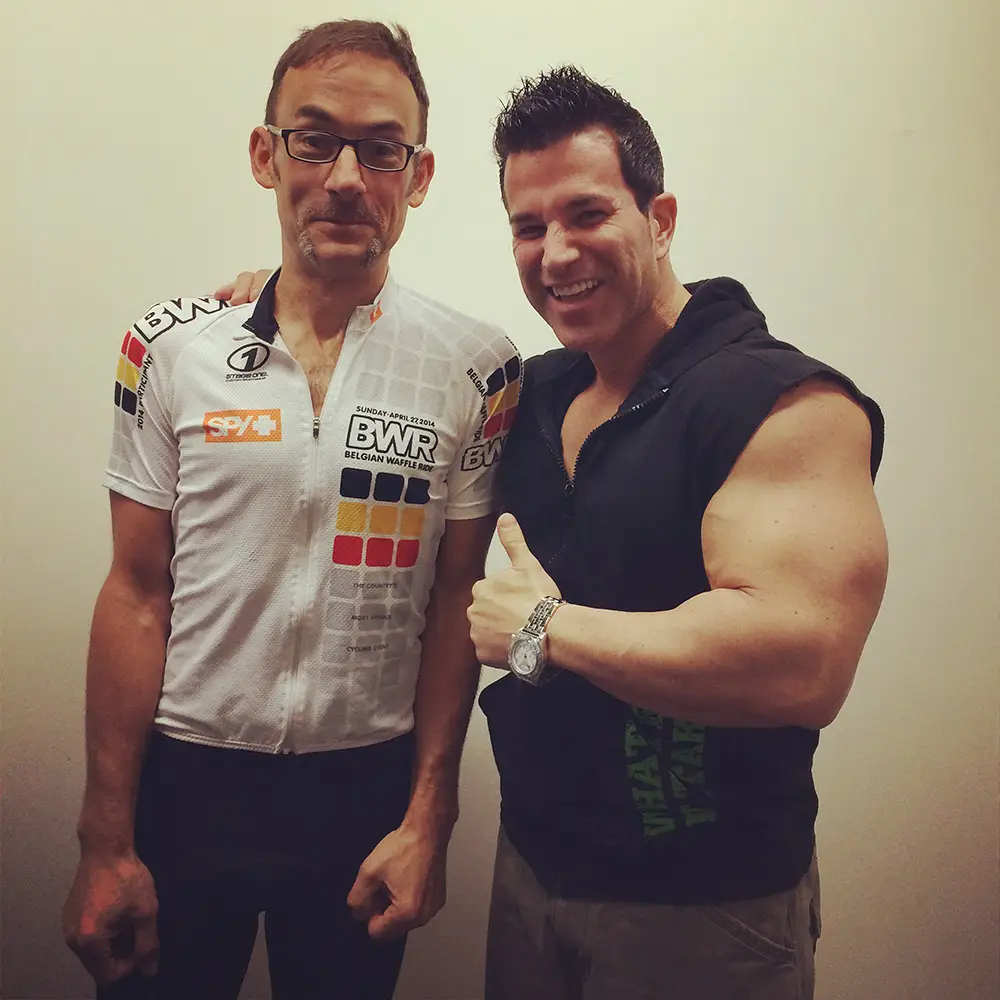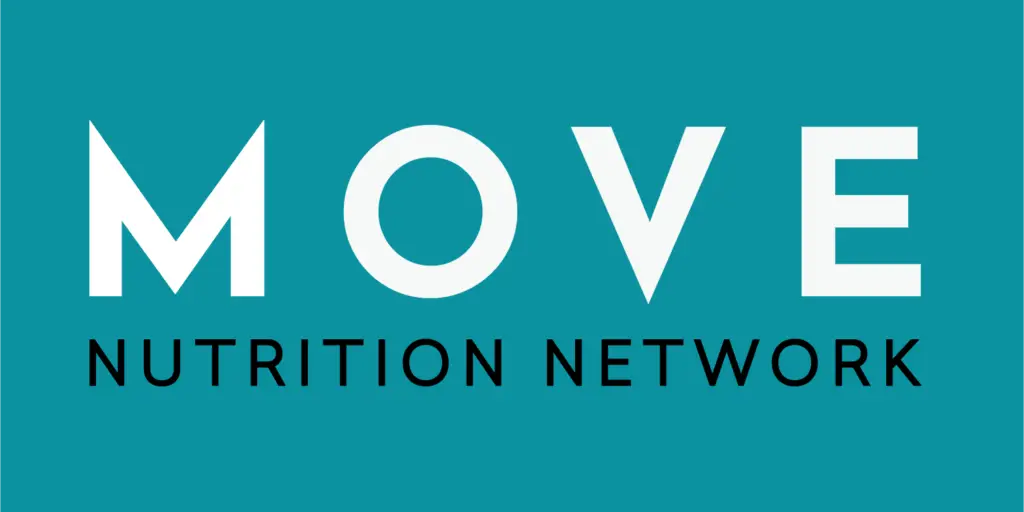WHAT
IS
STRENGTH?

by Denis Faye, MS
My publisher Todd was musing the other day about the overabundance of super buff middle-aged men he sees when out and about. Sure, we live in an era of body acceptance and “health at every size,” but there are still a lot of people out there whose primary goals are huge biceps and six-pack abs.
This got me thinking. What does it mean to be strong? As a committed endurance athlete, I’m anything but swole. The aforementioned bodybuilders could probably wipe the floor with me—but they’d have to catch me first. I’m fairly confident that I could outrun, outpedal, or outpaddle any of them.
With that in mind, I’d probably be better off in a zombie apocalypse, but in the real world, who’s doing the right thing? What is true strength?
As it turns out, strength is wildly subjective. Let’s take cheese. (I’m half-French, so cheese is often top of mind.) One of the strongest French cheeses you’ll find in the US is the sheep milk-based blue cheese Roquefort. I delight at the shade of green my American, mozzarella-eating friends turn when I produce my signature Roquefort and caramelized onion pizza at a dinner party.
On the other side of the Atlantic, Roquefort is just another delicious slab of coagulated casein. There’s no talk of the smell. Serve a Munster or Époisses and yes, someone might comment on the odor, but Roquefort and other blues are de rigueur.
(On a side note, my wife recently turned me on to Saint-Félicien, a lesser-known soft cheese from southern France with a bouquet that falls somewhere between Brie and a teenage boy’s gym clothes after he forgot them in his backpack over spring break. Even French people get weird about this one. I love it.)
This subjectivity applies to muscle strength as well. Back in my Beachbody days, we spent a remarkable amount of time philosophizing and opinionating about what it means to be strong. My friend/mentor/boss Steve Edwards and I shared an odd distinction at the company of being completely uninterested in the aesthetics of fitness, despite playing large roles in creating the products that gave people their sixpacks or steel buns. We both trained very hard—but neither of us focused much on how we looked naked. Steve called our method “functional fitness,” which means we focused on being strong in ways that allowed us to do the things we loved. For him, that meant cycling and rock climbing. For me, that meant cycling and, well, more cycling.
In all fairness, P90X front man Tony Horton is also a strong proponent of functional fitness. He’s a passionate skier and claims his workouts as “indoor training for the outside world.” That said, he’s had wild success looking good in nothing but a pair of shorts, so aesthetics remain a large part of his message.
Then there were the CrossFitters—Beachbody’s primary competition back in the aughts—who’d trash us with a passion, claiming that strength gained from throwing tires, lugging ropes, and jumping on boxes was vastly superior to any at-home workout. If I was ever cornered by a CrossFit advocate, I pointed out the high rate of injury in the sport—upward of 30% of participants over a 12-month stretch according to one analysis. If that many people got hurt doing Beachbody workouts, the company would have gone belly-up long ago, despite their robust legal department.
That said, as a cyclist, I have no room to be snooty about safety. I know two people personally who’ve died on their bikes and most of my cycling friends have broken bones—usually clavicles. Yes, as a group, we possess unbelievable cardiovascular strength, but we’re also notorious for weak bones due to a lack of weight-bearing exercise and a lack of upper body strength.
I have a resting heart rate of 45bpm and, in my prime, I had legs like tree trunks. I’ve also broken my right collarbone, my right pinkie, and probably a rib or two. (I never got x-rays for that last one, but I once went over my handlebars and it hurt to laugh for a month.) Both of my shoulders have the beginning of osteoarthritis—and hours spent leaning on handlebars doesn’t do them any favors. Does this mean I screwed up? Should I have focused in other forms of strength?
Hell, no. Cycling has given me so much. It’s how I met my wife. It let me see the world in ways few others have. It’s opened personal and professional doors and built a sense of self-worth that helps get me out of bed in the morning. Sure, I’ll need to manage some injuries and maybe pop the occasional NSAID, but life is meant for living—and my bike allows me to do just that.
On that note, I don’t judge CrossFitters and their injury-inducing tire tossing. Since moving to a farm, I’ve had to toss tires for practical reasons a couple times. It’s kind of fun. I also don’t judge guys who focus their fitness efforts into looking jacked—as long as they’re having fun doing it.
There are countless ways to ruin your body. Building muscle is pretty low on that list. Sure, there are watchouts. As with just about any activity, strength training can come with its share of psychological disorders.
Some people (read: middle-aged guys) try to short-cut strength training by shooting up testosterone or steroids. If you want to take drugs to look better in a tight t-shirt, that’s your prerogative, but I strongly recommend you be aware of the risks.
And if you’re doing it to get better at a sport, have the integrity not to compete against those of us who abstain from performance enhancers.
Doping aside, don’t overtrain. Balance your workouts. And if there’s an exercise you don’t like, it’s probably something you should do every now and then. I can’t stand planks, but I suffer through them a few times a week anyway.
But for the most part, just do what you love. If you love looking buff, do that. If you love riding a bike, do that. If you love following the podcaster who biohacks their workout regimen in hopes of immortality, do that.
But if someone tells you that their type of strength training is universally superior, they’re trying to sell you something. As with cheese, your best workouts are the ones you dig the most, so just do something.
That said, my signature Roquefort and caramelized onion pizza is pretty awesome and you should try it sometime.
Subscribe for additional Move Nutrition Quarterly content like research updates, market insights, and more.

